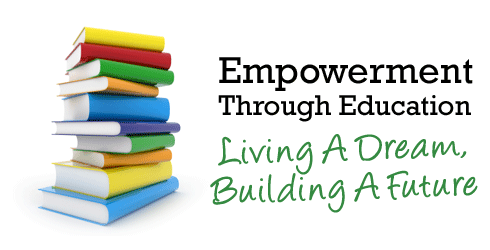 For this assignment we watched the Creating Culturally
Relevant Education. I enjoyed
watching this video because I related to it. I grew up in Providence and have
been in similar situation as these youth.
For this assignment we watched the Creating Culturally
Relevant Education. I enjoyed
watching this video because I related to it. I grew up in Providence and have
been in similar situation as these youth.
One thing that stood out to me was one of the youth saying
that it would have been better for them if the teachers acted as their mentors
as well as their teacher. I believe it is important for youth to create a
connection with the teacher. I believe that a relationship between teacher and
their student is important for the students success and education. Teacher
should have relationship with their students to know their problems and that
way they will know what is affecting them. If the teacher has a relationship
with their students the teacher could help their youth to focus in school also
try to find a solution. I look back and I wish that my teachers and I would
have had that connection because I feel things would have been different. The
teacher would have understood me in an other level.
Not only student and teachers relationship are important but
also youth and parents relationship. Where parents could know what’s going on
with their child to support them. For
example, I grew up with my parents where I had a great relationship with them. My parents were
involved if I was having a good day and always asked me if I had a problem. My parents
were also worried about my education where they wanted me to get good grades.
Parents are a great support for youth.
It’s important to understand the diverse cultures. As a youth worker its important to
recognize where the youth comes from and learn about their experience. We know
to know that everyone is different.













